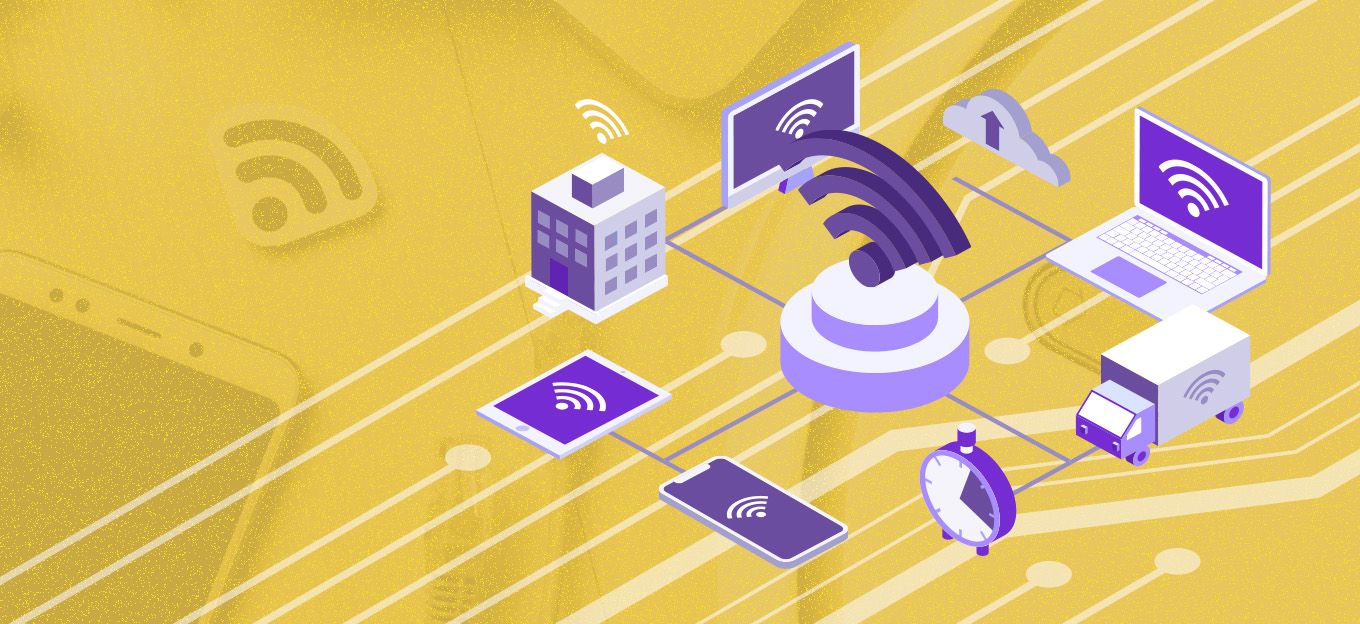6 Reasons Smart Home Devices Malfunction and How to Repair Them
6 Reasons Smart Home Devices Malfunction and How to Repair Them
- Last Updated: December 2, 2024
Kayla Matthews
- Last Updated: December 2, 2024



Smart home devices are becoming more popular every day, and that means adoption is growing. By 2022, the global smart home market is expected to exceed $53 billion. But what happens when the expanding array of highly-complex smart home devices permeating our homes breaks down? In this piece, after highlighting the six major reasons these new devices fail, I'm going to guide you through how to repair smart home devices in an easy-to-understand way, non-technical way.
It’s obvious why smart homes are so popular. Aside from their many conveniences, they actually improve the modern home beyond simply awakening “dumb” devices and appliances. Some features may seem like mere luxuries—remote functionality, for example—to those that have never experienced them, but it’s actually the opposite.
Take for instance a smart garage door opener. Why would anyone need their garage door, of all things, to be connected to the local network and the greater internet? Well, it’s because that connectivity allows users to control and interact with their garage door from anywhere in the world.
After leaving for the store, a user’s phone might ping alerts that they forgot to close the door—they can then use a mobile app to close it right then and there before thieves see your car or new tools.
Smart homes work wonderfully and improve quality of life in many ways for the average homeowner. That is, of course, when they work.
Every so often there’s a hiccup. Something goes wrong. Maybe Alexa won’t sync up with other devices. Or perhaps a smart switch or bulb decides not to follow its set schedule. Or the smart hub app controlling your devices cannot find nearby devices even when you know the devices are close and in good working order.
Whatever the case, when you feel stumped, here are six steps to help you repair smart home devices.
1. Poor Connectivity
Many problems stem from either a poor or low-quality connection to the local network. Some devices sync up via Bluetooth, but the vast majority use WiFi. Both of these wireless methods can experience issues in quality.
For starters, double check that the servers or remote network aren’t experiencing issues. Many smart home platforms are powered by Amazon’s S3 system, so when that goes down, so do a lot of connected sites and services.
A poor quality connection or unstable bandwidth—because the WiFi keeps dropping off—can lead to a variety of issues you might not suspect. Sure, there’s the obvious, like being unable to connect remotely to devices or issue commands via mobile. However, some devices will stop working entirely after losing a connection to the host company's servers. They might need to be manually reconnected.
The best thing to do in this case is either to swap the existing router for a more powerful one or to install a "mesh router system" that extends wireless signal throughout your entire home or even property. You’ll also want to make sure that your router isn’t near any other electronics that can cause interference—this includes stereo and entertainment systems, TVs and other Wi-Fi devices. Lastly, consider how dense the physical obstacles are separating the router from the devices connected to it. Are any stone or metal barriers standing in its way? Again, a mesh network, or simply relocating the router, can solve this problem.
People often stick with the router and modem combos provided by their internet service provider (ISP), which can cause problems. Even if these devices are name brand, they tend to deliver sub-par wireless connectivity. Just keep this in mind. Maybe your devices are a bit too smart for your stock router.
2. Hardware Failure
One of the worst things that can happen to any electronic device is a major hardware failure. A blown fuse, melted capacitors, or failing circuit boards can all amount to critical hardware failures, and in such cases, you may be unable to repair smart home devices yourself.
Unless you have experience in engineering or hardware development, such a failure may be nearly impossible to fix without sending the affected unit in for repairs. Moreover, be warned that attempting to do DIY repairs on an electronic device can, in some cases, nullify the manufacturer's warranty.
The quality of the hardware and internals depend upon the materials used in manufacturing. If and when a company cuts corners and uses sub-par circuit boards or components, serious issues can result. It’s incredibly important that these devices and appliances are built using proper, premium materials.
There’s not much an end-user like you can do in this case besides taking advantage of an active warranty or getting in touch with an IT repair company.
3. No Power
Some devices, especially those that require a special installation like smart thermostats, may not even power on sometimes. This problem can be difficult to troubleshoot because all devices are different.
The most obvious culprit, in this case, is the power source. Perhaps the device takes batteries and there are none installed, or maybe it has a rechargeable battery needs to be recharged. But with devices that must be installed or mounted, the issue may be more serious, such as improper wiring or connections that are missing altogether.
Luckily, most devices include an LED indicator of some kind that will show you whether or not they are receiving power. When installing a smart video doorbell, for example, an indicator on the front may blink to alert the user power is indeed being supplied.
Also, don’t forget to turn on a breaker if it’s been turned off — that’s a common mistake that many users forget about.
4. Surprise Activations
Voice controls are great, as one can tell Alexa or Google Assistant exactly what they want without fumbling through a phone or app. Sometimes, however, devices with voice support will activate randomly.
This is usually the result of a common wake word being used, which might be called out in a TV show or during a simple conversation.
The good news is that many smart speakers and voice-enabled devices allow users to adjust or customize the "wake word." Make sure to review yours before concluding your device is broken.
With the Alexa app, for instance, you can simply navigate to Settings > Your Echo > Change Wake Word and choose one of the alternate options. Google Home and Apple HomePod also offer similar options, as do many of the other voice-enabled platforms out there.
5. Error Messages
It’s important to remember that these are electronic devices we’re talking about. That means they may experience unique failures pertaining to their internals, software, or connected systems. The Wink Home Hub, for instance, may serve up error messages because the Wink network is down—not the local one.
While there’s no way to list every single error message and the corresponding fix for it, there is a common strategy for approaching error messages. Jot down the error message your device displays—it may appear as a code or alphanumeric identifier—and then visit the company’s website for answers. Often, there’s a support site established that will list a variety of error codes and their solutions much like this one. A good place to look is the FAQs, and if you don't find what you're looking for, google the error message and the device model number.
6. Unlocking Your Device's Full Potential
Some devices, such as a Google Home or Amazon Echo, work great out of the box, but that doesn’t necessarily mean users get the most out of their device right away.
Google Home, for example, handles the weather, shopping and traffic updates based on current location. If and when users don’t navigate to the device settings and update this information, they may receive results or recommendations that aren’t in the local proximity.
More importantly, this highlights the point that users may need to dive into the settings menu—sometimes even the more advanced options—to ensure the device is up to speed.
Alexa or Amazon Echo is another great example of this. By installing a variety of add-ons called Alexa Skills you can open up many new opportunities and functions. She can provide more detailed personal information and alerts, peruse new platforms outside of Amazon or Google or interface with other smart home devices.
It's not always easy to know how to identify let alone repair smart home devices. If you find yourself stumped, consider visiting an online community for answers, such as the Intelligent Home Blog, or the One Hour Smart Home site. Or, for a roundup of smart home resources and news, check out this IoT for All post on Medium.
The Most Comprehensive IoT Newsletter for Enterprises
Showcasing the highest-quality content, resources, news, and insights from the world of the Internet of Things. Subscribe to remain informed and up-to-date.
New Podcast Episode

What is Hybrid Connectivity for IoT?
Related Articles


